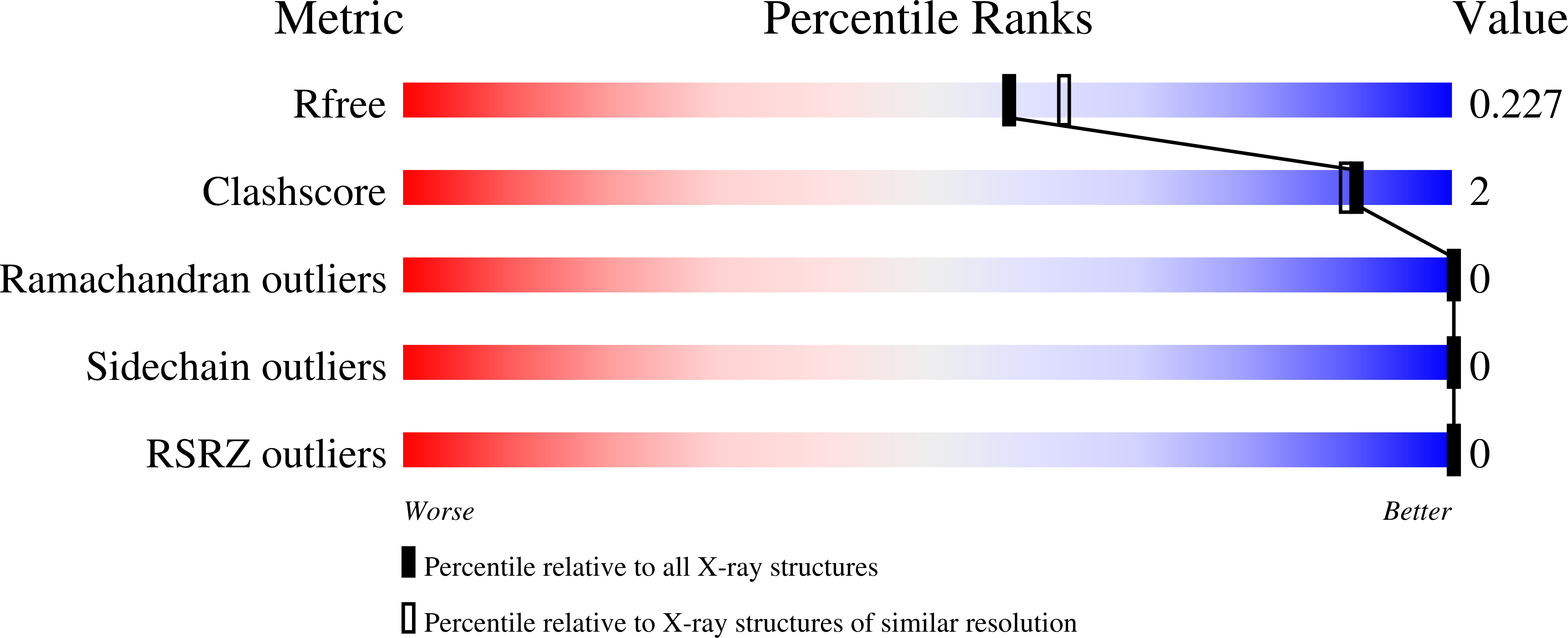
Deposition Date
2025-03-12
Release Date
2025-03-26
Last Version Date
2025-04-09
Method Details:
Experimental Method:
Resolution:
2.06 Å
R-Value Free:
0.21
R-Value Work:
0.18
R-Value Observed:
0.18
Space Group:
P 31


